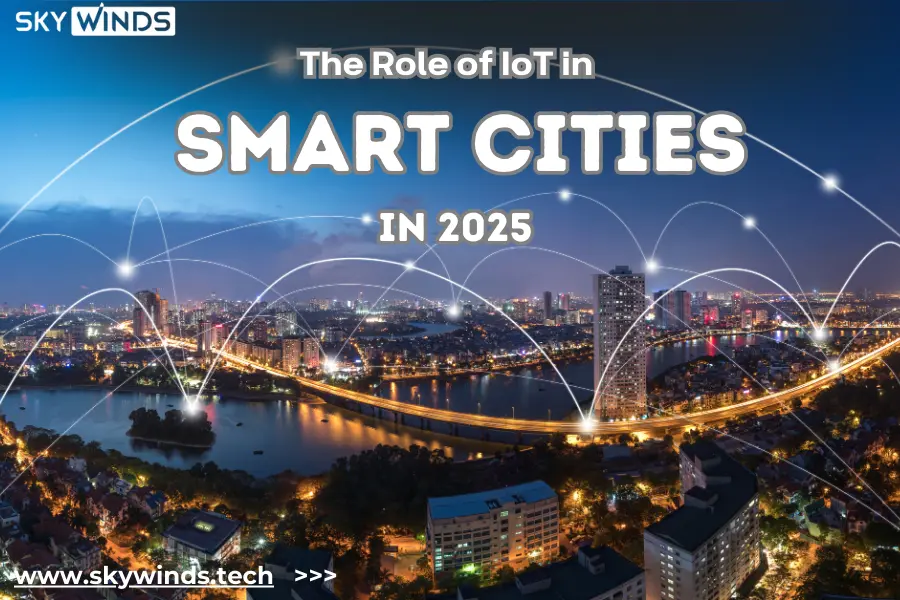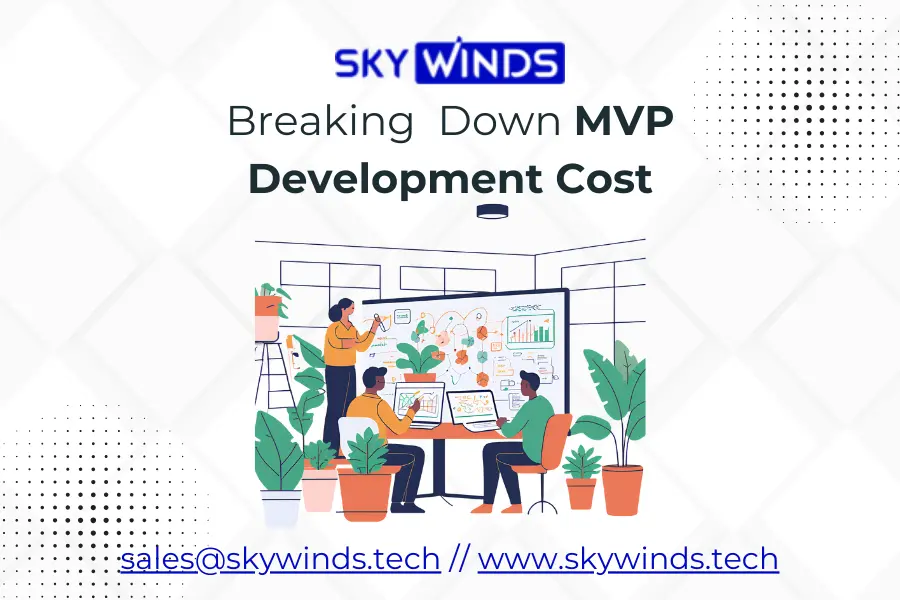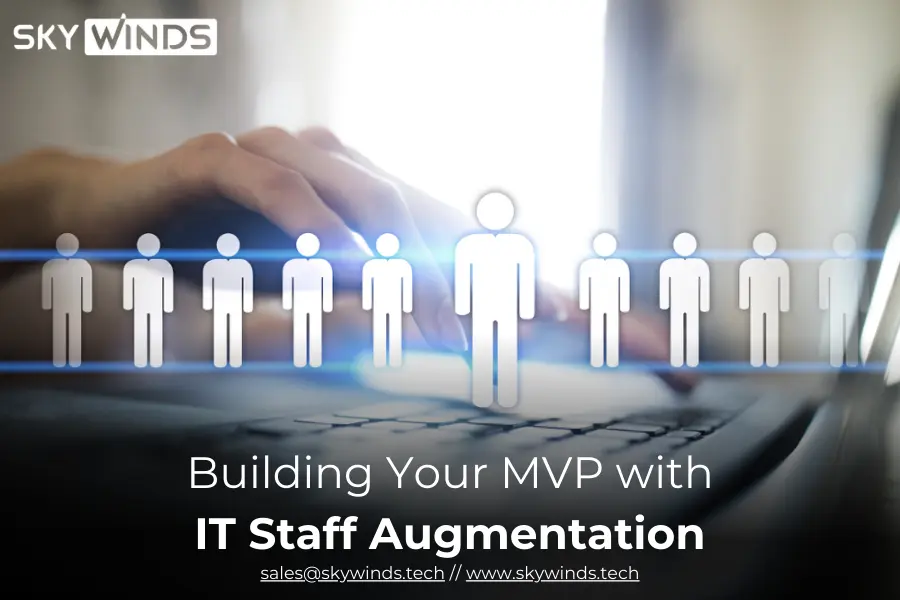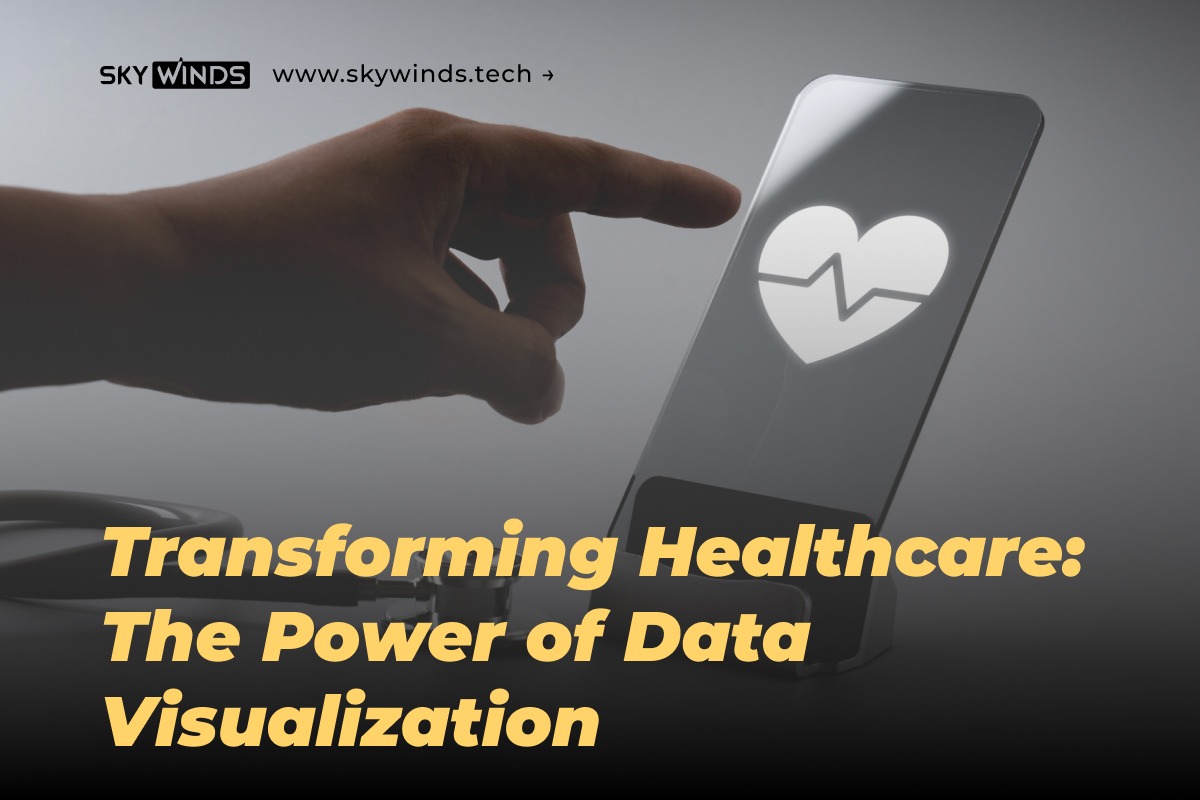Smart cities are no longer a future or dream, an ideation of reality of changing 2025. At the heart of these changes, there’s IOT (Internet of Things), a technology that interconnects all the devices, sensors, and systems to create a smart and more efficient, sustainable environment for people. To optimize traffic flow to enhance public safety, IoT is changing how cities work and operate, improving the quality of life for many residents out there.
The Blog will explore the Latest IoT updates in development, delve into IOT in smart city innovations of 2025, and how these sustainability IoT Solutions can shape the future of people’s living.
Table of Contents
What is IoT in Smart Cities?
The Internet of Things (IoT) is a gigantic web of interconnected devices that are connected to gather, communicate, and interact with data in real time. IoT in smart cities serves as a bone of metropolitan cities as it allows cities to observe and care for resources more efficiently. From start infrastructure IoT strategies to environmental monitoring. IoT is a new generation of urban growth now.
In 2025, the overall market of IoT is gonna surpass almost $3 trillion, with smart cities being the fastest growing sectors in 2025. This growth is expected to need infrastructure efficient resource management, and community safety.
Keys to IoT Innovations in Smart Cities for 2025
Smart Infrastructure service
IoT sensors are fitted with AI abilities which are changing urban infrastructure. These sensors check bridges, roads, systems, water levels, and power grids, forecasting potential failures that can occur in the future. The prediction system reduces costs prevents some failures and ensures the safety of smart city citizens.
For example, a smart water system detects leaks early, health monitor ensures health safety and longevity of infrastructure. This enhancement highlights the role of IoT as a tool for creating safe, smart, and resilient urban infrastructure.
Advanced Environmental Monitoring
As climate changes and urban pollution grow threats, IoT sensors play a crucial role in environment monitoring. These sensors can track air quality or water pollution and even noise levels as they provide actionable insights for residents and people. In 2025, Cities will be sustainable and IoT solutions will have multi-parameter sensors to observe gases and particulate matter. AI models explore this data to predict pollution trends, enabling cities to execute targeted environmental policies.
Improved Public Safety
IoT is changing public safety via real-time data integration and cutting-edge analysis for devices. AI-powered management systems, IoT-connected cameras-panels, and gunshot detection systems enhance security in urban environments. For example, prediction policy solutions can analyze crime patterns and identify higher-risk areas while IoT enables response systems to ensure faster interventions during disasters. These innovation defines how IoT Applications in urban areas works and make cities safer and secure.
Smart Energy Management
Energy efficiency is important for IOT in smart cities. Smart grids, powered by IoT sensors, optimize the distribution of energy and add renewable sources like wind power and solar energy. In 2025, smart meters will monitor the energy and usage in real-time for consumers promoting saving rates and reducing costs. Streetlights will be equipped with IoT sensors for automatically dimming during low-traffic hours and enhancing energy efficiency.
Intelligent Transportation Systems
The central dilemmas within urban areas involve road jams, a problem that the Internet of Things (IoT) is increasingly addressing. These real-time management frameworks leverage IoT devices and AI algorithms to enhance traffic movement, reduce gridlock, and boost the effectiveness of public transport. Autonomous vehicles, IoT-integrated, are also revolutionizing urban mobility. These cars interact with the urban network, enhancing transit security and productivity. By 2025, smart city ideas like these make city travel faster, cleaner, and easier.
Smart Waste Management
IoT is revolutionizing waste control by optimizing supply courses and reducing environmental impact. Smart waste bins provided with IoT sensors notify management when they are full, providing timely supply and underestimating energy consumption.
In 2025, AI-enabled robots will be sorting and reclaiming waste at skill, thereby upping recycling rates and promoting a circular economy. These tolerable IoT solutions are supporting keeping cities clean while saving resources.
Hyper-Personalization in Urban Services
IoT is enabling hyper-personalized experiences for city residents. IoT enhances the inclusion and ease of city life by offering customized personalized advertisements and dispatched accessibility routes for the disabled. Voice-assisted guides help the sight weakened in crossing airports and shopping centers, while AI-powered platforms individualize civic amenities. These advances demonstrate IoT’s ability to forge equitable metropolitan areas IOT in smart cities.
Challenges and Future Outlook
The implementation of Internet of Things technology faces multiple obstacles even though it represents substantial potential benefits. Key concerns include:
The protection of massive IoT in smart cities data received paramount importance because protecting data privacy and security stands as an essential need. The public requires security through robust cryptographic systems and accessible information about data management to maintain trust in smart city initiatives.
Compact systems need to address the problem of unified communication channels between IoT devices from different origins. A universal standard must be established to make integration successful.
Achieving equitable access through digital divide reduction remains essential since it allows all citizens to benefit from IOT in smart cities.
The future of IoT capabilities will be strengthened through the combination of 5G connectivity with edge computing and Artificial Intelligence applications. The combination of these technologies creates accelerated data processing abilities and real-time decision platforms and efficient resource administration which leads to smarter and sustainable city development.
Conclusion
Smart cities depend heavily on IoT functionality for their operations. The Internet of Things leads urban development by enhancing public security while maximizing energy efficiency for upcoming urban years between 2025 to the future. Cities will persist in developing inclusive sustainable resilient urban environments as their chief objective.
The solution of data security challenges alongside interoperability issues allows cities to reach their complete IoT potential thus delivering better futures to their citizens. The intelligent city journey has commenced and IoT acts as its trailblazer.




